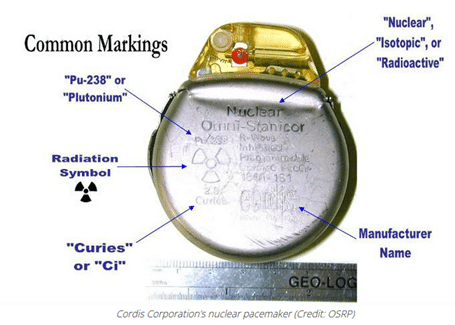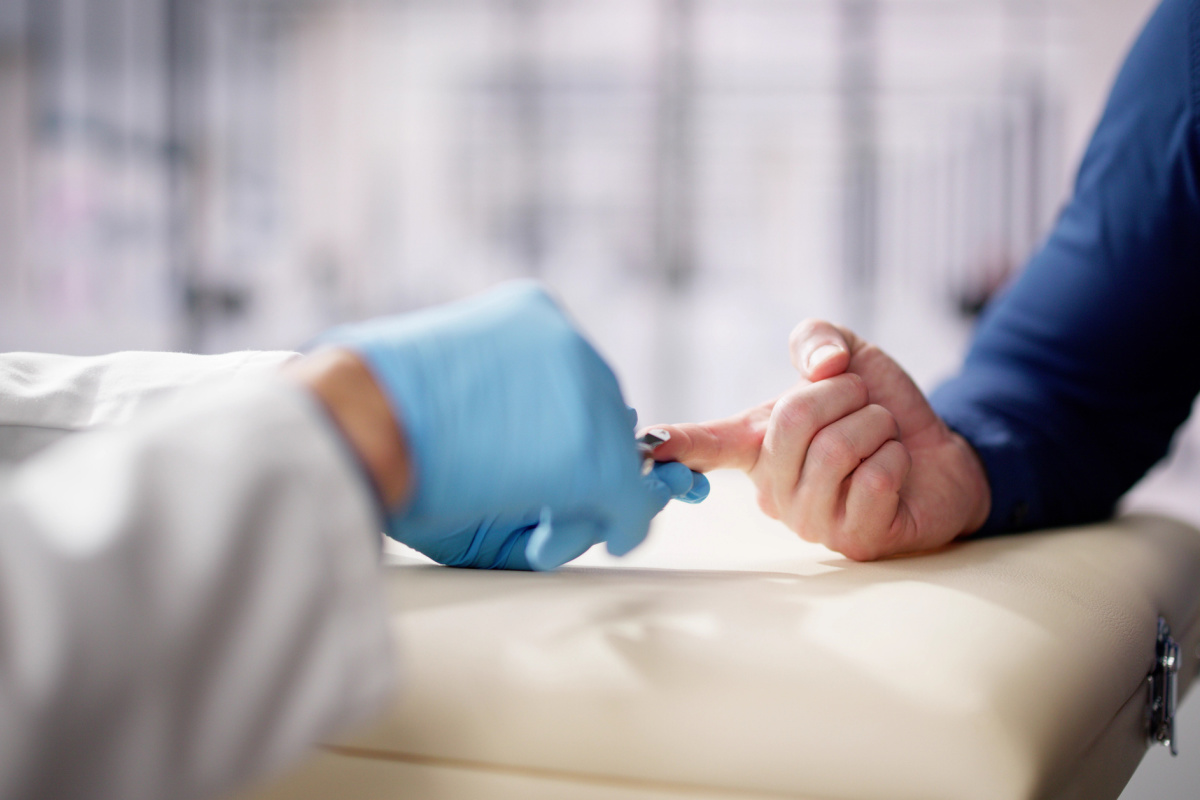Medical Justice provides consultations to doctors facing medico-legal obstacles. We have solutions for doctor-patient conflicts, unwarranted demands for refunds, online defamation (patient review mischief), meritless litigation, and a gazillion other issues. We also provide counsel specific to COVID-19. If you are navigating a medico-legal obstacle, visit our booking page to schedule a consultation – or use the tool shared below.
“Can Medical Justice solve my problem?” Click here to review recent consultations…
all. Here’s a sample of typical recent consultation discussions…
- Former employee stole patient list. Now a competitor…
- Patient suing doctor in small claims court…
- Just received board complaint…
- Allegations of sexual harassment by employee…
- Patient filed police complaint doctor inappropriately touched her…
- DEA showed up to my office…
- Patient “extorting” me. “Pay me or I’ll slam you online.”
- My carrier wants me to settle. My case is fully defensible…
- My patient is demanding an unwarranted refund…
- How do I safely terminate doctor-patient relationship?
- How to avoid reporting to Data Bank…
- I want my day in court. But don’t want to risk my nest egg…
- Hospital wants to fire me…
- Sham peer review inappropriately limiting privileges…
- Can I safely use stem cells in my practice?
- Patient’s results are not what was expected…
- Just received request for medical records from an attorney…
- Just received notice of intent to sue…
- Just received summons for meritless case…
- Safely responding to negative online reviews…
We challenge you to supply us with a medico-legal obstacle we haven’t seen before. Know you are in good hands. Schedule your consultation below – or click here to visit our booking page.
The Voyager satellites launched in the 1970s. Depending upon how one defines “solar system”, both have left our solar system. Data is still being sent back to earth. They are powered by a simple form of nuclear power.
A brick of radioactive material surrounded by layers of thermocouples, which use the temperature contrast between the hot radioactive brick and cold space to produce electrical power.
On Voyager 1 and 2, that thermocouple is powered by plutonium 238. The plutonium decays by producing alpha particles.
The spacecraft were designed to have sufficient power to last 12 years. Both made it to Jupiter and Saturn.
After Voyager 2’s successful Saturn encounter, it was shown that Voyager 2 would likely be able to fly on to Uranus with all instruments operating. NASA provided additional funding to continue operating the two spacecraft and authorized JPL to conduct a Uranus flyby. Subsequently, NASA also authorized the Neptune leg of the mission, which was renamed the Voyager Neptune Interstellar Mission.
Voyager 2 encountered Uranus on January 24, 1986.
Both Voyagers are still running on residual power.
[T]here are several other fields and particle instruments that can continue to send back data as long as the spacecraft stay alive. They include: the cosmic ray subsystem, the low-energy charge particle instrument, the magnetometer, the plasma subsystem, the plasma wave subsystem and the planetary radio astronomy instrument. Barring any catastrophic events, [Jet Propulsion Laboratory] should be able to retrieve this information for at least the next 20 and perhaps even the next 30 years.
Plutonium is a compact, long-lived power source.
So, it’s not surprising that some medical device companies dabbled with nuclear powered pacemakers. What is surprising is that some patients are still walking around with these devices in place.
In the 1970s, Medtronic worked with Alcatel, a French company, to design a pacemaker powered by plutonium.
Medtronic’s nuclear battery contained a small 2.5 Ci slug of Plutonium 238 (Pu-238). Pu-238’s radiation struck the walls of its container, generating heat that a thermophile (a stack of thermocouples) converted into the electric current that simulates the heart.

Cordis and Coratomic, Inc. made its own nuclear-powered pacemaker.

Dose rates at the pacemaker’s surface are about 5 to 15 mrem per hour. Whole body exposure for the wearer is about 0.1 rem (or 1,000 mrem) per year for the patient—and 7.5 mrem per year to the spouse of a patient. Not a lot.
According to US Nuclear Regulatory Commission, this is how much radiation you expect from the following activities:
620 mrem/year = the average level of radiation per person in the US
1 mrem = two hours in a jet plane
7 mrem/year = from living in a brick house
72 mrem = breast mammogram
60 mrem = abdominal x-ray
700 mrem = Chest CT
One patient, Laurie DiBari received her nuclear-powered pacemaker 30 years ago (when she was 25 years old). That device is still working.
She gets it checked every three months from home through a transmitter affixed to a landline receiver that reads signals from bracelets placed on her moistened arms.
Ms. DiBari said, “I’ve never had a problem with it, so I’m not going to touch it.”
Due to the extremely long battery life, nuclear pacemakers tended to outlive their users, and posed challenges with burial. Not surprisingly, the US Nuclear Regulatory Commission wants all plutonium accounted for.
Should you encounter a radioactive pacemaker, contact Los Alamos’ Laboratory’s Off-Site Recovery Project (OSRP). Call them toll-free at 877-676-1749. They will provide shipping and disposal instructions.
Who knew?
Medical Justice provides consultations to doctors facing medico-legal obstacles. We have solutions for doctor-patient conflicts, unwarranted demands for refunds, online defamation (patient review mischief), meritless litigation, and a gazillion other issues. We also provide counsel specific to COVID-19. If you are navigating a medico-legal obstacle, visit our booking page to schedule a consultation – or use the tool shared below.
“Can Medical Justice solve my problem?” Click here to review recent consultations…
all. Here’s a sample of typical recent consultation discussions…
- Former employee stole patient list. Now a competitor…
- Patient suing doctor in small claims court…
- Just received board complaint…
- Allegations of sexual harassment by employee…
- Patient filed police complaint doctor inappropriately touched her…
- DEA showed up to my office…
- Patient “extorting” me. “Pay me or I’ll slam you online.”
- My carrier wants me to settle. My case is fully defensible…
- My patient is demanding an unwarranted refund…
- How do I safely terminate doctor-patient relationship?
- How to avoid reporting to Data Bank…
- I want my day in court. But don’t want to risk my nest egg…
- Hospital wants to fire me…
- Sham peer review inappropriately limiting privileges…
- Can I safely use stem cells in my practice?
- Patient’s results are not what was expected…
- Just received request for medical records from an attorney…
- Just received notice of intent to sue…
- Just received summons for meritless case…
- Safely responding to negative online reviews…
We challenge you to supply us with a medico-legal obstacle we haven’t seen before. Know you are in good hands. Schedule your consultation below – or click here to visit our booking page.
Jeffrey Segal, MD, JD
Chief Executive Officer and Founder
Dr. Jeffrey Segal, Chief Executive Officer and Founder of Medical Justice, is a board-certified neurosurgeon. Dr. Segal is a Fellow of the American College of Surgeons; the American College of Legal Medicine; and the American Association of Neurological Surgeons. He is also a member of the North American Spine Society. In the process of conceiving, funding, developing, and growing Medical Justice, Dr. Segal has established himself as one of the country’s leading authorities on medical malpractice issues, counterclaims, and internet-based assaults on reputation.
Dr. Segal was a practicing neurosurgeon for approximately ten years, during which time he also played an active role as a participant on various state-sanctioned medical review panels designed to decrease the incidence of meritless medical malpractice cases.
Dr. Segal holds a M.D. from Baylor College of Medicine, where he also completed a neurosurgical residency. Dr. Segal served as a Spinal Surgery Fellow at The University of South Florida Medical School. He is a member of Phi Beta Kappa as well as the AOA Medical Honor Society. Dr. Segal received his B.A. from the University of Texas and graduated with a J.D. from Concord Law School with highest honors.
In 2000, he co-founded and served as CEO of DarPharma, Inc, a biotechnology company in Chapel Hill, NC, focused on the discovery and development of first-of-class pharmaceuticals for neuropsychiatric disorders.
Dr. Segal is also a partner at Byrd Adatto, a national business and health care law firm. Byrd Adatto was selected as a Best Law Firm in the 2021 edition of the “Best Law Firms” list by U.S. News – Best Lawyers. With decades of combined experience in serving doctors, dentists, and other providers, Byrd Adatto has a national pedigree to address most legal issues that arise in the business and practice of medicine.





Of course, the real reason these never took off is because if there was never a need to replace the battery, the device companies would not be able to sell as many devices! From the patients’ POV, it would mean that no one would be able to take advantage of the technology upgrades that accompany all device changes. A win-win?
“Who knew?”
Not me. I was surprised to read this. Kinda makes you wonder about using it in lieu of gasoline and car batteries. Probably not exactly feasible at this point.
Correction:
“Whole body exposure for the wearer is about 0.1 rem (or 1,000 mrem) per year for the patient…”.
Such sentence would be confusing to readers, if brackets are meant for “rem” word, and not as an equivalent of the entire “0.1 rem”. I suggest editing it to “0.1 rem (or/~ 100 mrem)”